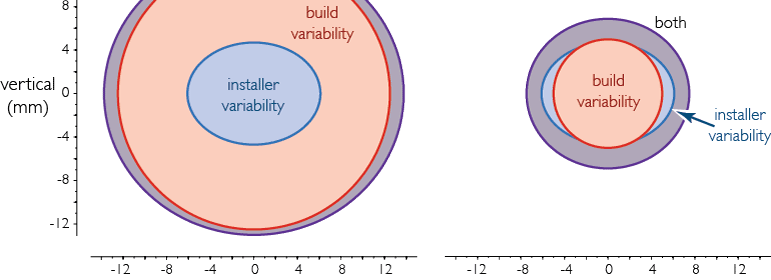The success of a vehicle seat is defined in large part by its acceptability to users and compliance with applicable regulations. Simultaneously satisfying both of these objectives can be challenging, and it is the goal of the designer to balance the requirements of each to optimize the design. Quantifying the many sources of variability, including that which results from human users and manufacturers, is necessary for achieving satisfactory and predictable results. Here, the relationship between meeting FMVSS 202a, a new regulation related to head restraints in the U.S., and achieving user acceptability is explored as an example of a vehicle seat design scenario presenting conflicting objectives. Sources of variability in this problem are identified as originating from test manikin installers, customers, and manufacturers. The impact of variability resulting from these sources on simultaneously achieving the stated objectives is investigated.

